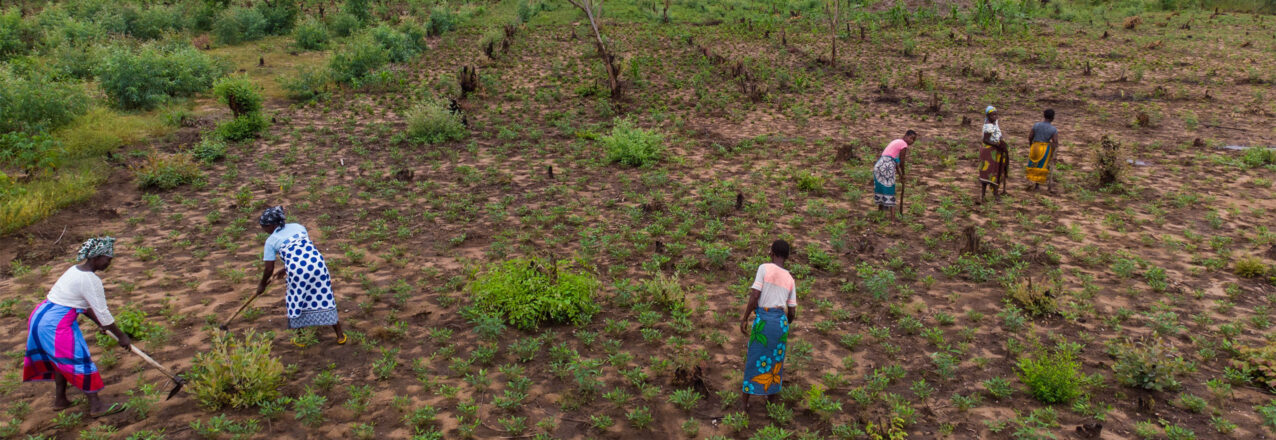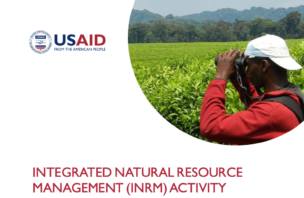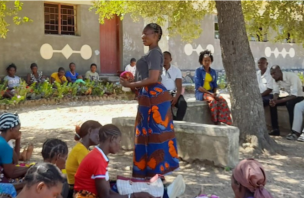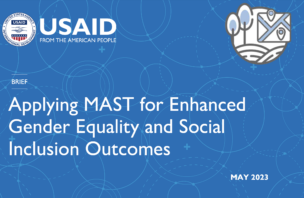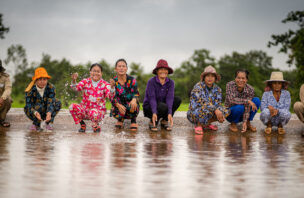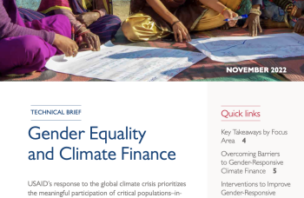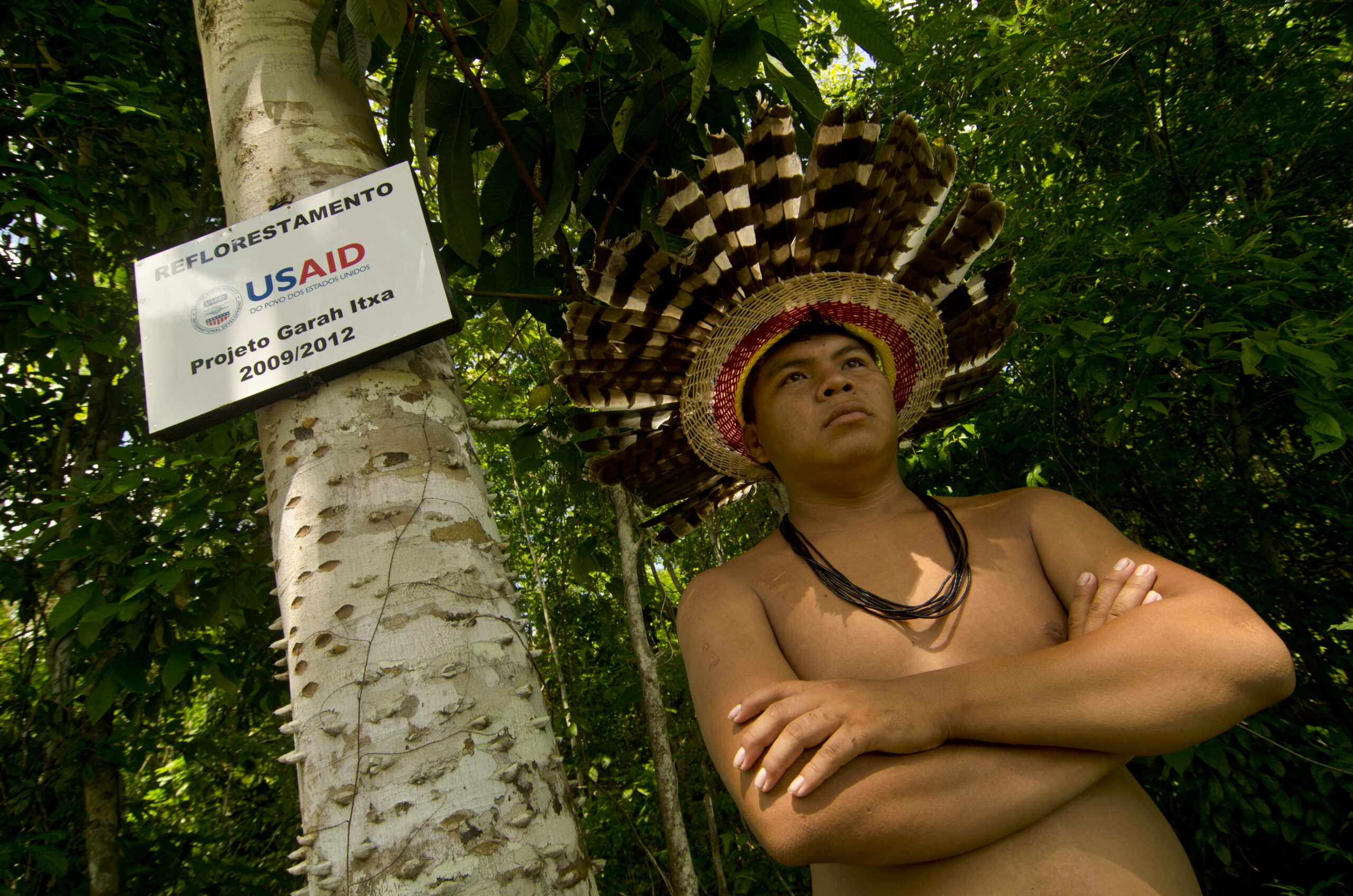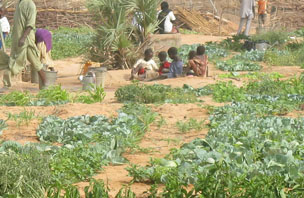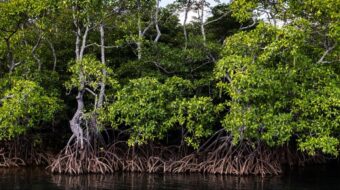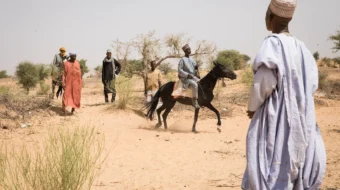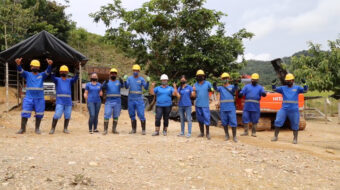Sound governance and management of natural resources are central to long-term, sustainable development and resilience. As the world is faced with growing threats to the environment and human well-being, solutions that effectively integrate investments in natural resource management with economic and social development are increasingly urgent. INRM promotes integrated programming across environment and non-environment sectors and across the USAID Program Cycle. INRM supports USAID to amplify program impacts, strengthen gender equality and social inclusion, and identify best practices for integration.
Overview
Providing extra technical bandwidth
Integrated programming requires a range of technical expertise across multiple sectors—as well as time and effort to implement. USAID Missions and Operating Units may need extra bandwidth to assess integration opportunities and put them into action. INRM brings a team of cross-sectoral experts to help identify programmatic needs and support research and analysis that can inform sound decision-making.
Example activities:
- Gender Equality Needs Assessment for the Bureau for Resilience and Food Security
- Crosswalk Analysis for the USAID Policy on Promoting the Rights of Indigenous Peoples (PRO-IP) and USAID Private Sector Engagement Policy
- USAID 2015 Biodiversity Policy Assessment
Putting knowledge and evidence to work
USAID staff need relevant and credible evidence to inform decisions throughout the Program Cycle. However, the available evidence may be weak or contradictory, and tools and resources may be hard to find. INRM synthesizes research, reports, and other evidence that can be applied at different stages of the Program Cycle to help strengthen and amplify development outcomes.
Example activities:
- Research and Learning Agenda for Artisanal and Small-Scale Gold Mining in Colombia
- Linkages Between PNRM and Democratic Outcomes: A Review of the Evidence
Measuring cross-sector benefits
Cross-sectoral programming assumes that integrated approaches will generate a broad range of benefits and improve outcomes. Yet, measuring integration can be complex. INRM assists in designing and implementing integrated monitoring, evaluation, and learning to help understand when and how integrated programming is the best approach.
Example activities:
What INRM Offers
COR
Janet Nackoney
jnackoney@usaid.gov
Land and Resource Governance Division, Center for Natural Environment,
Bureau for Resilience, Environment and Food Security (REFS)
A/COR
Olaf Zerbock
ozerbock@usaid.gov
Biodiversity Division, Center for Natural Environment,
Bureau for Resilience, Environment and Food Security (REFS)
COP
Robin Martino
robin_martino@dai.com
DAI
For more information about how to access INRM’s technical services, please download an info sheet about the new Mission-support mechanism here: INRM Factsheet.


